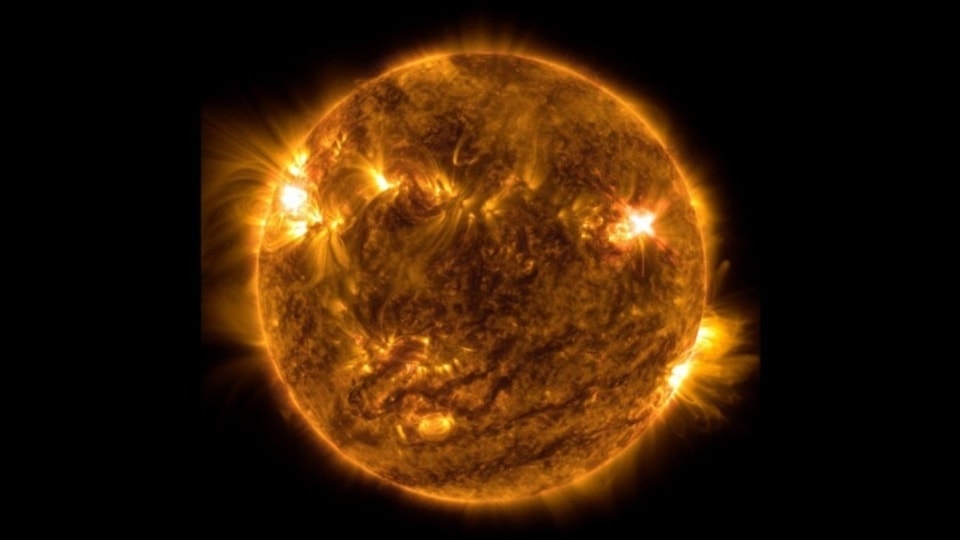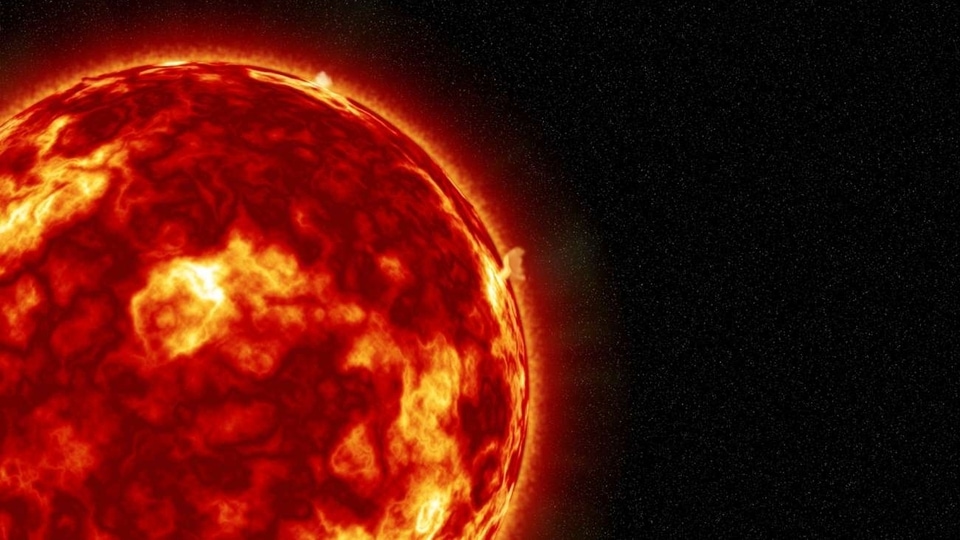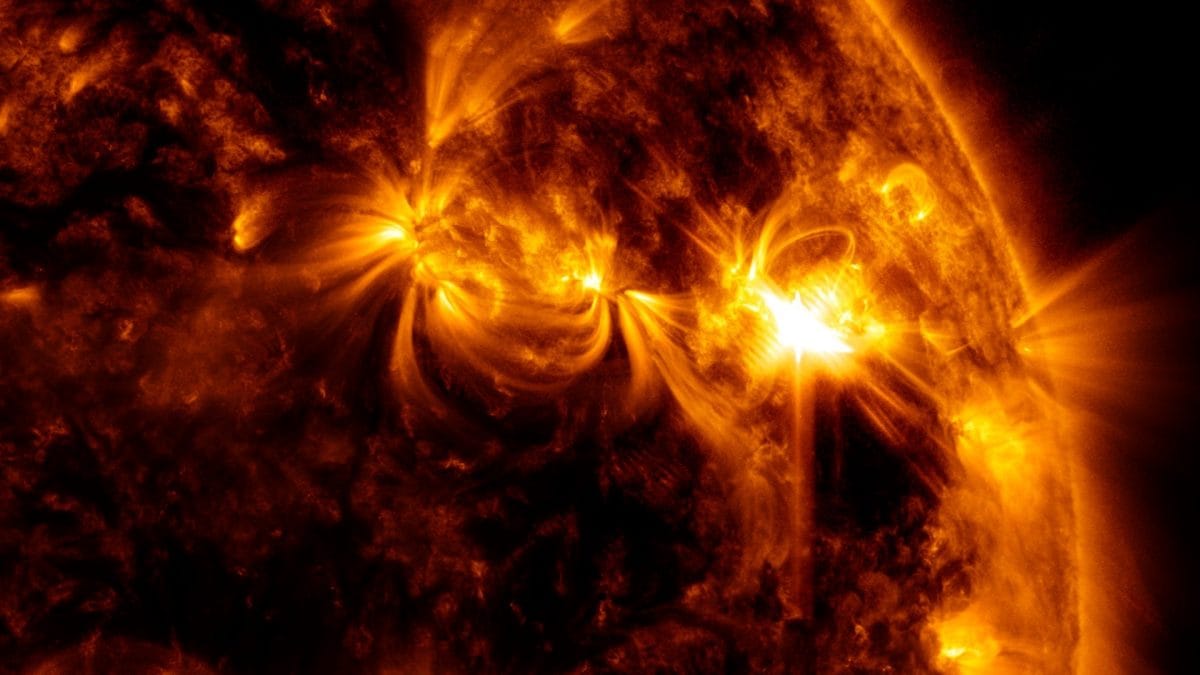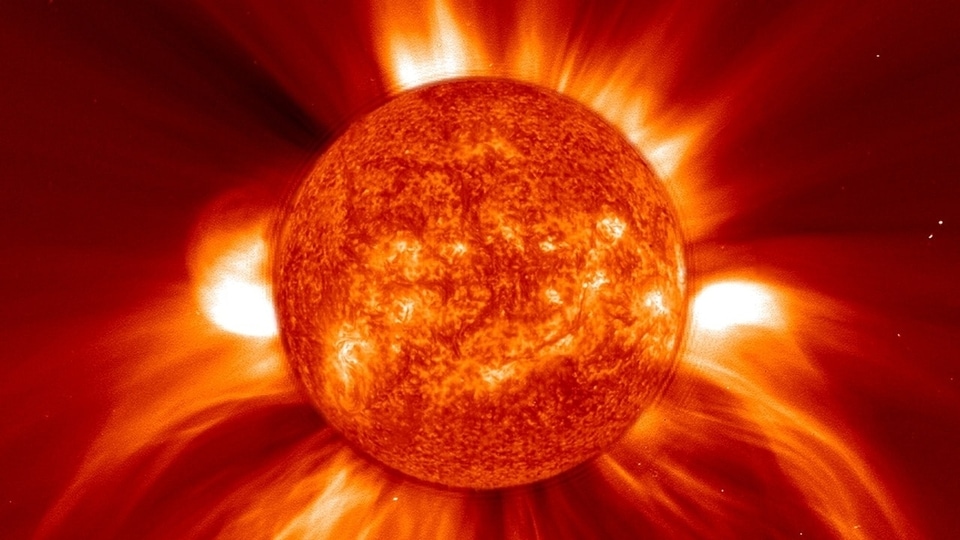Solar storm strikes! Fast-moving solar winds collide with Earth, NASA reveals
A solar storm event took place on Earth yesterday, October 30, as a stream of high-velocity solar winds struck the planet. NASA SDO image shows its origin point.






 View all Images
View all ImagesOn October 28, we first received the forecast that a solar storm was headed towards the Earth and would strike in a couple of days' time. It finally happened yesterday, October 30, but surprisingly, no coronal mass ejection (CME) was involved in the process. A massive hole opened up on the Sun and was releasing a stream of solar winds. These fast-moving solar winds reached the Earth yesterday and triggered a G1-class solar storm. The NASA Solar Dynamic Observatory images showed the hole through which solar winds were escaping.
According to a report by SpaceWeather, “As predicted, a fast-moving stream of solar wind is blowing around Earth today, Oct. 30th. The gaseous material is flowing from an equatorial hole in the sun's atmosphere. Arctic sky watchers should be alert for auroras shining through almost-full Moonlight”. A short video of the Sun, from the exact moment when solar winds escaped its surface, can be seen in the opening seconds of this NASA video.
Solar storm strikes, sparks auroras in arctic circles
The solar storm event was not too intense and resulted in only G1-class reading on the scale. It also sparked some auroras but they were also limited to the arctic circles. As per space weather forecasts, Kp5 reading, which is a marker of a moderate solar storm, was only spotted for a brief while, and the rest of the time it stayed as a Kp4 minor storm.
While the Earth escaped this encounter with solar particles, the next one may not be so lucky for it. And the next encounter might be around the corner as reports suggest a new sunspot in the sun's southern hemisphere has been seen rapidly expanding. Named AR3474, it is said to harbor beta-gamma magnetic fields that are a precursor for M-class solar flare eruptions. There is a possibility that a flare could erupt today, and if it did, the impact would be entirely geoeffective.
The role of the NASA Solar Dynamics Observatory
The NASA Solar Dynamics Observatory (SDO) carries a full suite of instruments to observe the Sun and has been doing so since 2010. It uses three very crucial instruments to collect data from various solar activities. They include the Helioseismic and Magnetic Imager (HMI) which takes high-resolution measurements of the longitudinal and vector magnetic field over the entire visible solar disk, Extreme Ultraviolet Variability Experiment (EVE) which measures the Sun's extreme ultraviolet irradiance, and Atmospheric Imaging Assembly (AIA) which provides continuous full-disk observations of the solar chromosphere and corona in seven extreme ultraviolet (EUV) channels.
Catch all the Latest Tech News, Mobile News, Laptop News, Gaming news, Wearables News , How To News, also keep up with us on Whatsapp channel,Twitter, Facebook, Google News, and Instagram. For our latest videos, subscribe to our YouTube channel.































